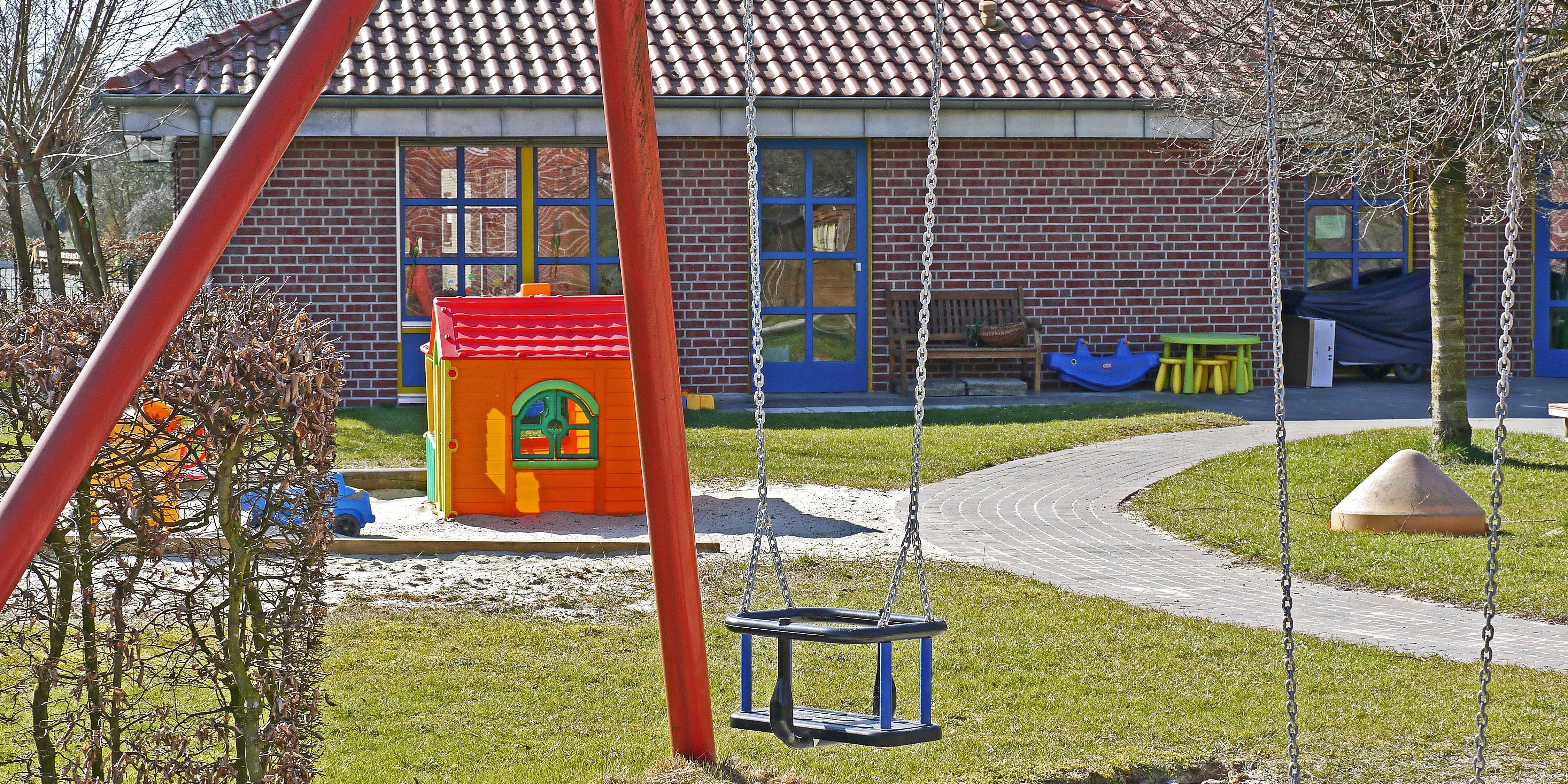Are There Extra Expenses Hiding in Your Daycare Fees? 6 Things to Look Out For
According to recent statistics from care.com, nearly one in three families spend 20% or more of their household income on childcare. When you’re shelling out that kind of money, it’s important to consider all of your options.
With the cost of daycare being so high, many parents have started making decisions based on the features and programs that are included in the monthly fee.
Costs vary widely depending on where you live and the type of care you choose. The national average annual cost of care ranges from $10,469 for an infant at a center-based child care program to $28,905 for a nanny.
If you're trying to make an apples-to-apples comparison between several daycare facilities, consider whether the following costs are included.
1. Supplies
Diapers, wipes, tissues, band-aids ... the list goes on and on. These are all necessary items for your child when they are away from home. But are they included in the total cost or do you have to provide them?
If they are included, are you charged a flat fee, regardless of how many supplies your child uses? Or do you pay extra if they blow through their monthly diaper allotment faster than expected?
2. Meals
Some daycare providers will include snacks and lunch in the total cost. Find out if they have different food packages you can choose from.
It’s a good idea to ask about breakfast if you have to drop off early. If you really want to cut costs, ask if you can provide your own food.
If you have a child with special dietary needs, will they accommodate those restrictions? You will also want to find out if you have to pay extra for these accommodations.
See also: How Much Does it Really Cost to Have a Baby?
3. Facility hours
Are you paying for more hours than you need? If the facility is open from 6:00 am to 6:00 pm, are you required to pay for the operating hours or do they determine the cost based on your needs?
Some providers will have a half-day and full-day option. They may also have an hourly rate that can be added if there are times when you need additional hours.
4. Holidays
If you have a job that requires you to work when most people are off, such as national holidays, it might be difficult to find a facility to accommodate your schedule.
If your daycare provider closes on days you have to work, don't forget to include any added costs of hiring a babysitter into your overall budget.
5. Vacations
Be sure to find out what the facility's policy is regarding vacations. If you go away for a week, are you still required to pay? Or is the time away prorated in to your regular monthly tuition.
6. Enrichment
If all you’re looking for is the basics, then make sure your provider doesn’t tack on any fees associated with enrichment.
A lot of the bigger daycare facilities will offer dance classes, language immersion, music classes, day trips, swimming lessons, cooking classes, reading and math enrichment, and many other programs for an additional fee. While these can be excellent add-ons, you may want to opt out if you're trying to cut down on costs.
Other factors to consider
If you have a younger child, get ready to pay more no matter which facility you choose. A lot of providers charge more for kids under two-years old.
The good news is, once your child reaches a certain age, you will see your costs go down.
Here are some other things to think about when calculating costs:
- Do they offer a sibling discount?
- Do they have any discount programs if you’re active military or an educator?
- How far away is the facility from where you live and work? How much will you be spending on gas?
- What is their sick child policy? If your child gets sick at daycare, do you have to pick them up? This can cost you money from loss of work.
Learn more about how to plan for your financial future.

